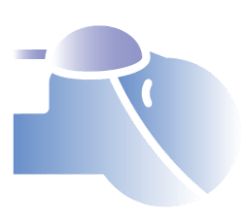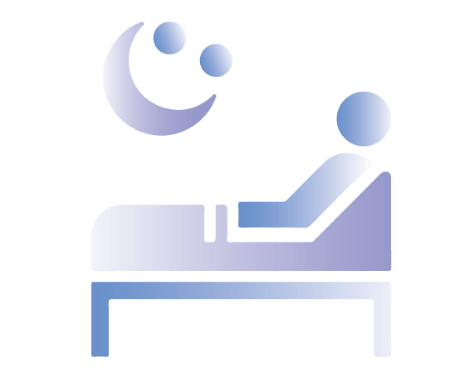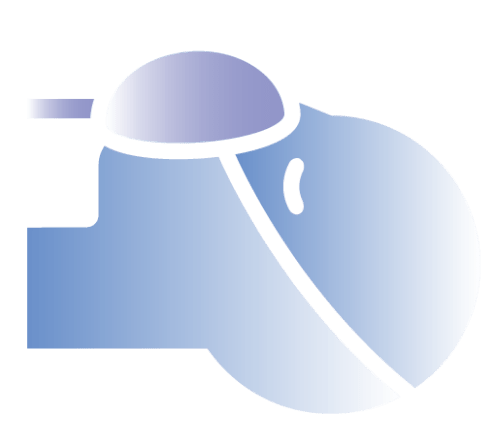Harnessing the Power of Healthy Breathing for Better Sleep and Overall Wellness
The Intricate Relationship Between Breathing, Sleep, and Health
Mouth breathing, stemming from factors like our western diet and improper tongue posture, contributes to the development of small mouths and jaws. Dr. Laurie’s expertise unveils the crucial connection between breathing and sleep. Sleep breathing disorders often emerge due to these issues, impacting both quality of sleep and overall health. Dr. Laurie employs innovative appliances that reshape the upper arch, allowing the lower jaw and tongue to find their optimal positions. This not only promotes better sleep and airway function but also enhances your appearance. Experience the transformative power of holistic dental care at Exceptional Dentistry.
Introducing the Silent Epidemic:
Unraveling Sleep Related Breathing Disorders
Sleep Related Breathing Disorders are a silent epidemic that affect millions of individuals without their knowledge. This underrecognized issue can have serious consequences for overall health and quality of life. Here are just a few statistics to be aware of:
Sleep apnea affects around 18 million Americans, indicating that approximately 1 in 15 Americans (6.62%) experiences this disorder.
Sleep apnea sufferers are six times more prone to fatal car accidents due to sleeplessness and reduced concentration.
Over 263,000 children undergo tonsillectomies each year due to sleep apnea caused by obstructed airways.
Half of hospital patients with hypertension also have sleep apnea, and roughly half of sleep apnea patients are diagnosed with hypertension.

An estimated 2 to 4% of Americans remain undiagnosed with sleep apnea, equating to 1 in 50 individuals.

Drowsy driving causes at least 100,000 car accidents, 40,000 injuries, and 1,550 deaths annually.

Untreated sleep apnea increases stroke risk by four times and heart disease risk by three times.

Sleep apnea affects around 18 million Americans, indicating that approximately 1 in 15 Americans (6.62%) experiences this disorder.
Sleep apnea sufferers are six times more prone to fatal car accidents due to sleeplessness and reduced concentration.
Over 263,000 children undergo tonsillectomies each year due to sleep apnea caused by obstructed airways.
Half of hospital patients with hypertension also have sleep apnea, and roughly half of sleep apnea patients are diagnosed with hypertension.

An estimated 2 to 4% of Americans remain undiagnosed with sleep apnea, equating to 1 in 50 individuals.

Drowsy driving causes at least 100,000 car accidents, 40,000 injuries, and 1,550 deaths annually.

Untreated sleep apnea increases stroke risk by four times and heart disease risk by three times.

Untreated Sleep Related Breathing Disorders Tend to Get Worse Over Time
A 1998 study followed a group of men over a 10-year period to understand how sleep-disordered breathing (SDB) evolves with age and weight gain.. The participants were initially identified based on snoring and excessive daytime sleepiness. Results showed that untreated SDB, specifically obstructive sleep apnea (OSA), became significantly worse over time. About 36% of individuals with an AHI of less than 5 at the start developed OSA during the study. Those with untreated OSA experienced an increase in their AHI levels. This study highlights the progressive nature of untreated SDB, and the importance of early intervention.


In a study that lasted 18 years, researchers looked at the health of 1522 people from the Wisconsin Sleep Cohort. They wanted to see how Sleep Related Breathing Disorders (SDB) could affect them. SDB is when you stop breathing or have shallow breaths while you sleep. They found that people with severe SDB had a much higher chance of dying from any cause, even after considering their age, sex, and weight. This shows that it’s really important to recognize and treat SDB, even if you don’t feel very sleepy during the day.

Symptoms of a SBD
Understanding the subtleties of sleep-related breathing disorders is crucial, as they often manifest in ways that might go unnoticed. Watch out for these key indicators that could suggest an underlying issue with your breathing during sleep:
Loud and Persistent Snoring: Intense, habitual snoring could be indicative of obstructed airflow.
Episodes of Choking or Gasping: Waking up suddenly feeling breathless, choking, or gasping for air.
Excessive Daytime Sleepiness: Feeling drowsy and fatigued throughout the day, impacting your daily activities.
Morning Headaches: Frequent headaches upon waking, possibly due to oxygen fluctuations.
Cognitive Impairments: Struggling with memory, concentration, and alertness.
Mood Swings and Irritability: Drastic changes in mood, often linked to sleep fragmentation.
Frequent Nighttime Urination: Regularly waking up to urinate, disrupting your sleep pattern.
Restless Sleep Patterns: Unsettled sleep, marked by constant movement and awakenings.
Your sleep quality profoundly impacts your health journey. These signs warrant attention. Untreated sleep-related breathing disorders can have far-reaching health implications.
Possible results of an Untreated SBD
Cardiovascular Complications: Increased risk of hypertension, heart disease, and stroke due to oxygen level fluctuations.
Daytime Dysfunction: Persistent daytime fatigue, impaired memory, reduced concentration, and diminished overall performance.
Metabolic Disruptions: Disrupted sleep patterns can lead to weight gain and metabolic imbalances.
Mood and Mental Health Issues: Heightened irritability, mood swings, and an increased risk of anxiety and depression.
Diminished Quality of Life: Struggling with daily activities due to fatigue and cognitive difficulties.
Safety Hazards: Greater risk of accidents due to impaired alertness and concentration, especially while driving.
Worsening Breathing Issues: Left untreated, some conditions may worsen over time, leading to more severe health complications.
Sleep Apnea Progression: Simple snoring can evolve into obstructive sleep apnea, further aggravating health problems.

How We Treat
Dr. Laurie employs a comprehensive approach to treat sleep-related breathing disorders. She offers oral appliance therapy, custom-made devices that support the airway during sleep. Airway orthodontics with techniques like palatal expansion can be used to widen the upper and lower jaws, enhancing airflow. Myofunctional therapy strengthens the tongue and facial muscles to improve breathing patterns. In severe cases, jaw surgery can be considered to correct structural issues. Dr. Laurie’s tailored treatments address the root causes of sleep breathing issues, ensuring a holistic approach to better sleep and health.

